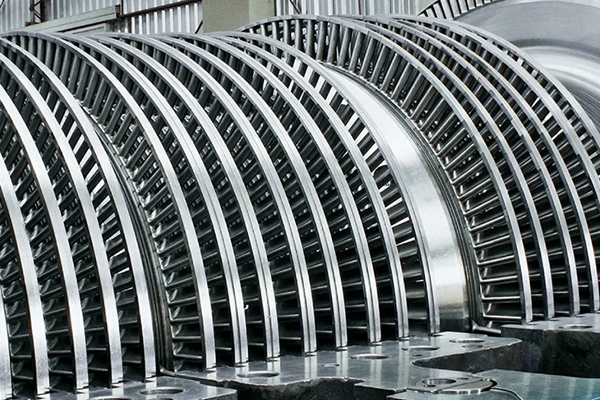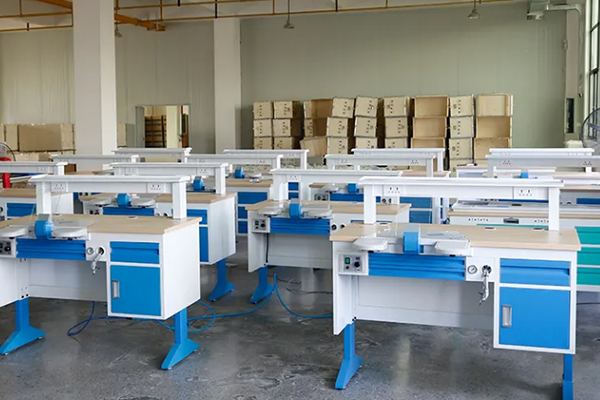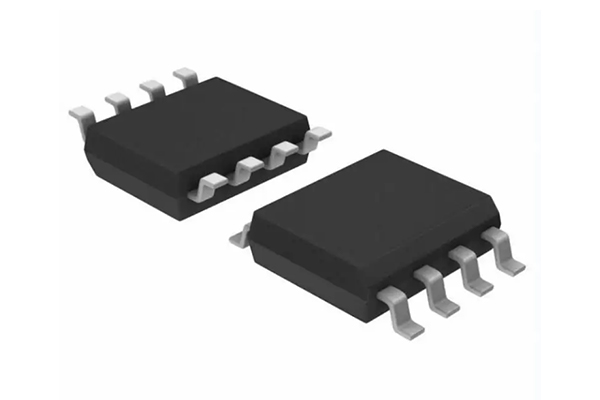The Ultimate Guide To Optical Materials And Their Applications
Description
There is no domain in high technology where one does not find the uses of optical materials. From telecommunications to healthcare, they are used in a wide range of industries today. The physical properties governing light behaviour, including reflection, refraction, dispersion, and absorption, are all covered under optical materials. They are also widely used in lenses, mirrors, prisms, and fibre optic cables. This paper examines various types of optical materials, their properties, and their numerous applications, particularly in leading industries including electronics, medical devices, and optical communications.

Types of optical materials
The properties that determine their interaction with light categorise the optical materials. Materials generally come in various forms, including transparent, reflective, and materials that exhibit non-linear optical characteristics. The type of optical material employed will depend upon the requirements of the application within conditions such as the transmission of light, refractive index, durability, and economic viability.
1. Glass
Glass is among the most common optical materials. The reasons for this are its excellent light transmission, a wide range of refractive indices, and the possibility to shape it into almost any form with high precision, including lenses and prisms. Glass is used in the manufacture of spectacles, camera lenses, and optical fibres.
The main glass types include:
- Soda-lime glass - used for windows and simple optics.
- Borosilicate Glass: High thermal expansion resistance, used in laboratory equipment and high-precision lenses.
- Optical Glass: Specialty glass utilised for cameras, microscopes, and telescopes because of its superior optical qualities.
2. Crystals
Crystalline materials are highly valued for their hardness and unique optical characteristics, such as quartz and sapphire. Crystals may be birefringent, meaning that they can split light passing through them into two rays, which makes them useful for polarisation applications.
The common types are:
- Quartz: Widely used in optical devices like oscillators, optical fibres, and lenses. Its high precision and stability make it a preferred choice in high-end equipment.
- Sapphire: With its outstanding hardness and optical clarity, sapphire can be used as a material for high-durability lenses and windows, particularly in the defence and aerospace sectors.
3. Plastics and Polymers
Plastics include acrylic and polycarbonate, which are lighter and cheaper than glass. They find application in the manufacture of lenses, optical fibres, and protective coatings. These may not provide the optical clarity of glass; however, with advancements in polymer technology, high-performance optical plastics are being developed.
Types of plastics and polymers include:
- Acrylic: Used in optical components like light guides and lenses, it is a suitable balance between optical clarity and affordability.
- Polycarbonate: A tough, shatter-resistant material used in eyewear lenses and optical filters.
4. Metals
Though metals are not typically used for the transmission of light, they are indispensable in reflective optical applications. Silver, aluminium, and gold are utilised in mirrors, reflective coatings, and optical filters due to their high reflectivity and durability.
- Silver: Owing to its high reflectivity, silver is commonly used in mirrors and coatings on optical components.
- Aluminium: Frequently employed in mirrors and reflective coatings for telescopes and laser systems.
5. Non-linear Optical Materials
Under high-intensity light, unique properties of such materials are revealed, including second-harmonic generation, valuable in laser technology and telecommunications. Non-linear optical materials play a key role in enabling high-speed data transmission and new laser systems.
They are:
- Barium Titanate: A ferroelectric material used in the production of non-linear optical devices.
- Potassium Titanyl Phosphate (KTP): A crystal often used for frequency doubling in lasers.
Applications of Optical Materials
The versatility of optical materials allows them to be utilised across a wide range of high-tech applications. Some significant areas where optical materials play a crucial role are mentioned below.
- Telecommunications
Depending on the application, optical fibres can be made from glass and polymer to enable high-speed, long-distance telecommunications. The capability of optical materials to support light signals over long distances, with minimal loss, has enabled advancements in communication technologies.
- Medical Devices
The contribution of optical materials to medical technology is substantial, including endoscopes, OCT systems, and laser surgery. For instance, optical fibres are in high demand for less-invasive surgical applications as they can carry light and images within the human body.
- Imaging and Photography
Lenses and imaging systems used in various optical instruments like cameras, microscopes, and telescopes require high-quality optical materials. An improved quality of imaging system for everyday applications and scientific research has been facilitated by the development of enhanced optical materials.
- Laser Technology
From applications involving the cutting and welding of items to barcode scanning and data storage, all lasers rely on non-linear optical materials that enable light manipulation. Crystals like KTP are used to generate specific wavelengths of light in laser systems.
- Aerospace and Defence
The fabrication of durable lenses and windows for satellites, spacecraft, and defence equipment employs optical materials such as sapphire and quartz. These materials need to be resistant to extreme temperatures, possess high clarity, and maintain stability under harsh environments.
- Optical Sensors and Displays
Optical materials are fundamental in the development of advanced sensors and display technologies, including OLEDs and touchscreens. Transparent conductors, such as indium tin oxide (ITO), are used in the fabrication of optoelectronic devices.
Comparison Table of Common Optical Materials
|
Material |
Optical Properties |
Common Uses |
|
Glass |
High transparency, wide range of refractive indices |
Lenses, prisms, fibre optics, spectacles |
|
Quartz |
High precision, low absorption, birefringent |
Optical fibres, oscillators, high-end lenses |
|
Sapphire |
High hardness, optical clarity, durable |
Aerospace, defence, high-durability lenses |
|
Acrylic |
Lightweight, good optical clarity |
Lenses, light guides, affordable optics |
|
Polycarbonate |
Shatter-resistant, high impact resistance |
Eyewear lenses, optical filters |
|
Aluminium |
High reflectivity |
Mirrors, reflective coatings |
|
Barium Titanate |
Non-linear, ferroelectric |
Laser devices, frequency doublers |
|
KTP (Potassium Titanyl Phosphate) |
Non-linear optical properties |
Laser systems, frequency doubling |
Conclusion
Optical materials are at the core of numerous industries, providing the very basis for developments in communications, healthcare, imaging, and more. From the high-precision quartz in fibre optics to the non-linear properties of barium titanate in lasers, these materials enable innovations that drive modern technology.

 Bars
Bars
 Beads & Spheres
Beads & Spheres
 Bolts & Nuts
Bolts & Nuts
 Crucibles
Crucibles
 Discs
Discs
 Fibers & Fabrics
Fibers & Fabrics
 Films
Films
 Flake
Flake
 Foams
Foams
 Foil
Foil
 Granules
Granules
 Honeycombs
Honeycombs
 Ink
Ink
 Laminate
Laminate
 Lumps
Lumps
 Meshes
Meshes
 Metallised Film
Metallised Film
 Plate
Plate
 Powders
Powders
 Rod
Rod
 Sheets
Sheets
 Single Crystals
Single Crystals
 Sputtering Target
Sputtering Target
 Tubes
Tubes
 Washer
Washer
 Wires
Wires
 Converters & Calculators
Converters & Calculators
 Write for Us
Write for Us
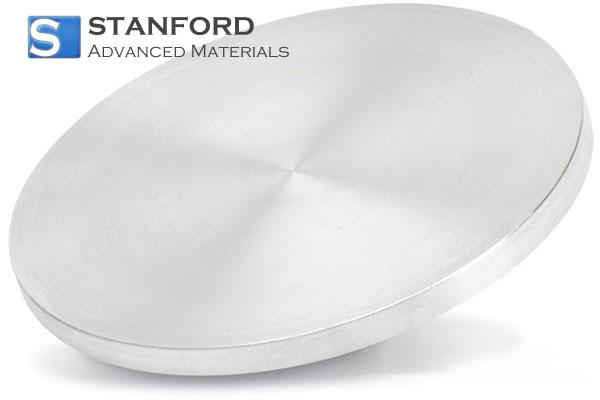
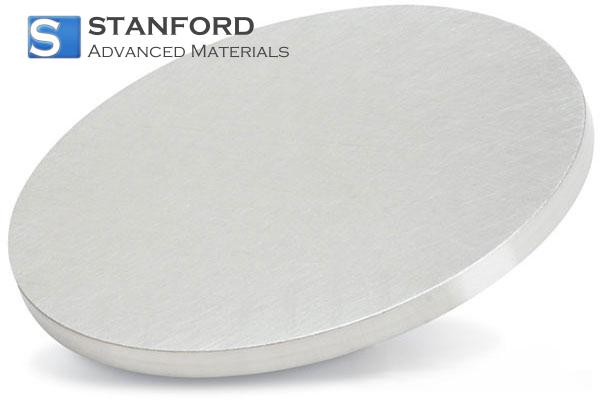
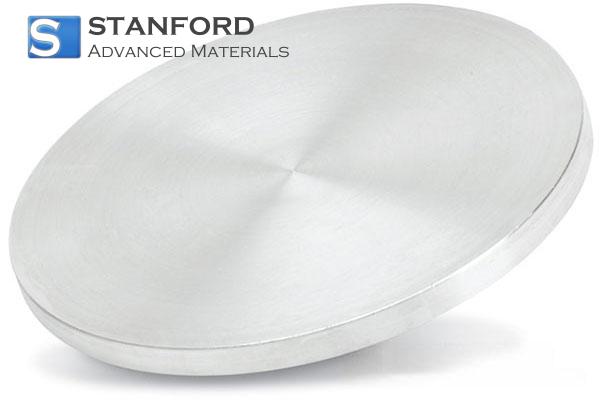
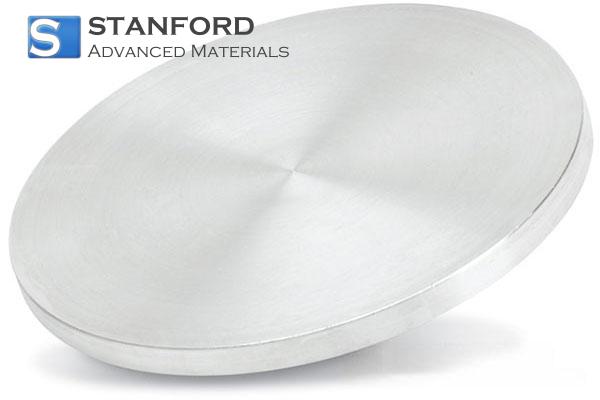
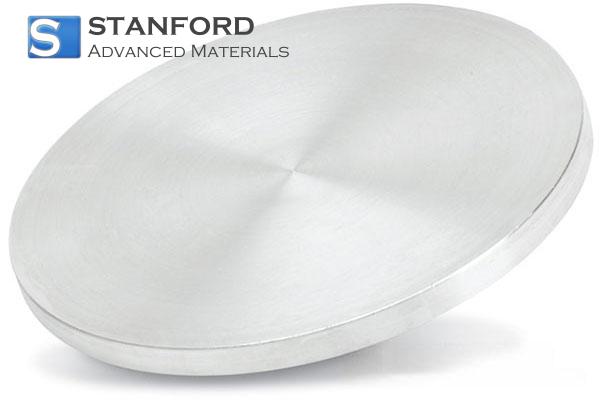
 Chin Trento
Chin Trento

